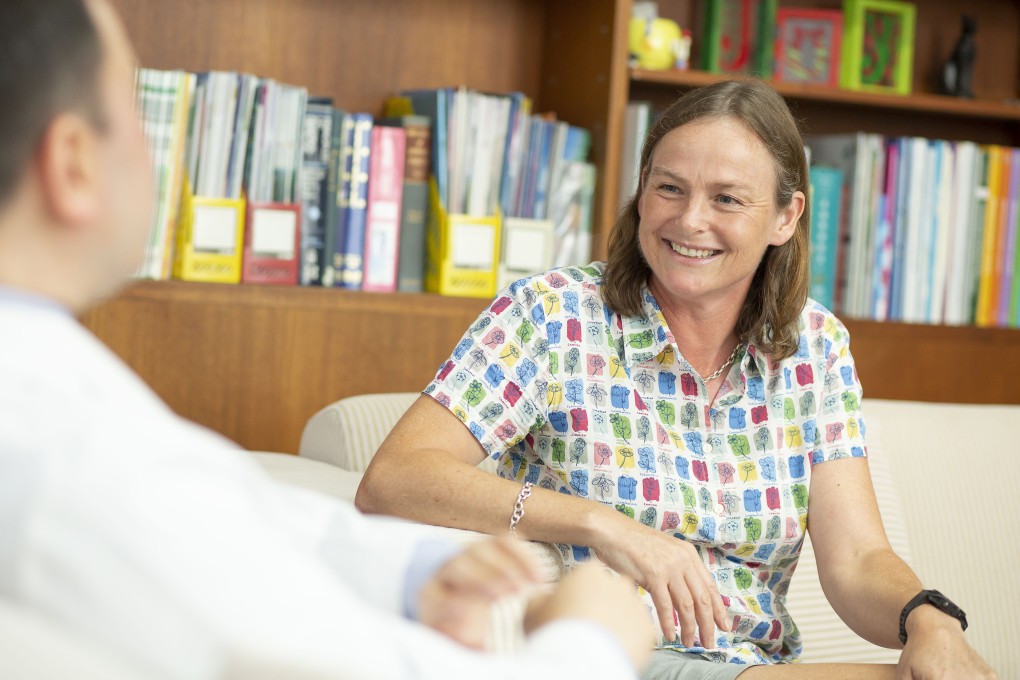Ex-Hong Kong women’s cricketer back in the swing after successful shoulder surgery
- Mary Henderson, 50, who played at East Asia Cup in 2017, now back playing ‘a little cricket’ after operation at Hong Kong Adventist Hospital – Stubbs Road
- Big demand for sports medicine to treat rising number of injuries to knees, shoulders, wrists and ankles as more people of all ages enjoy active pursuits

Mary Henderson might still be playing for the Hong Kong women’s cricket team if she had not injured her shoulder.
The Briton, 50, has enjoyed a remarkable sporting life, having played competitive soccer, hockey, squash, lacrosse, netball, skiing and tennis. She represented Hong Kong’s women’s cricket team at the East Asia Cup in 2017.
However, taking part in all these high-intensity sports – as well as the rigorous training that they entail – led to increasing pain in her right shoulder, which would not go away.
My shoulder hurt a lot, [especially] at night, and I stopped being able to do certain exercises. I underwent physiotherapy sessions, but certain activities such as canoeing made my condition worse
“My shoulder hurt a lot, [especially] at night, and I stopped being able to do certain exercises,” says Henderson, who has faced many other injuries and setbacks in the past, including operations on her wrist and feet.
“I underwent physiotherapy sessions, but certain activities made [my condition] worse. When I canoed, for example, it would hurt even more.”
To address the problem, Henderson was sent for a magnetic resonance imaging (MRI) scan and then was referred to the department of orthopaedics at Hong Kong Adventist Hospital – Stubbs Road, in Happy Valley – one of two Seventh-day Adventist hospitals in Hong Kong; the other is Hong Kong Adventist Hospital – Tsuen Wan.
